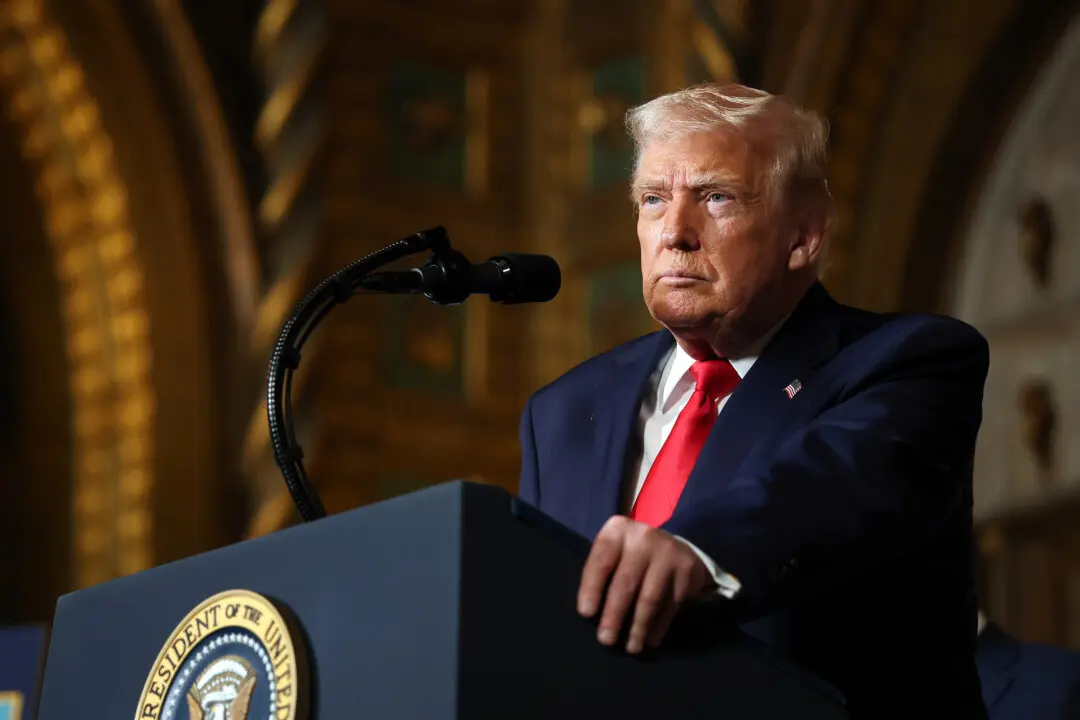Three top Federal Reserve officials said in separate interviews on Jan. 3 that they have enough confidence in the strength of the U.S. economy to favor maintaining the central bank’s current freeze on further interest rate cuts.
Cleveland Federal Reserve Bank President Loretta Mester, Dallas Federal Reserve Bank President Robert Kaplan, and Chicago Federal Reserve Bank President Charles Evans all said they’ve seen no justification to drop the central bank’s current “on hold” policy.





